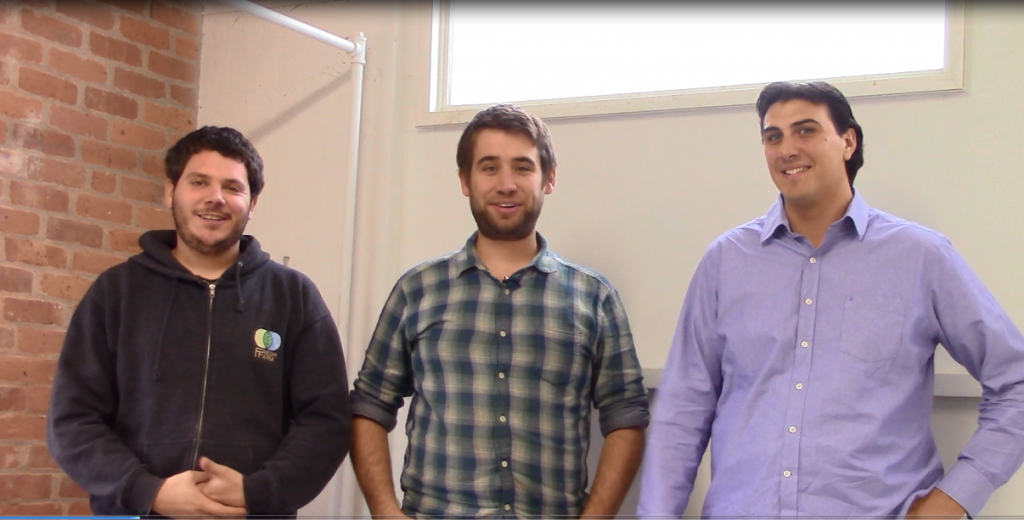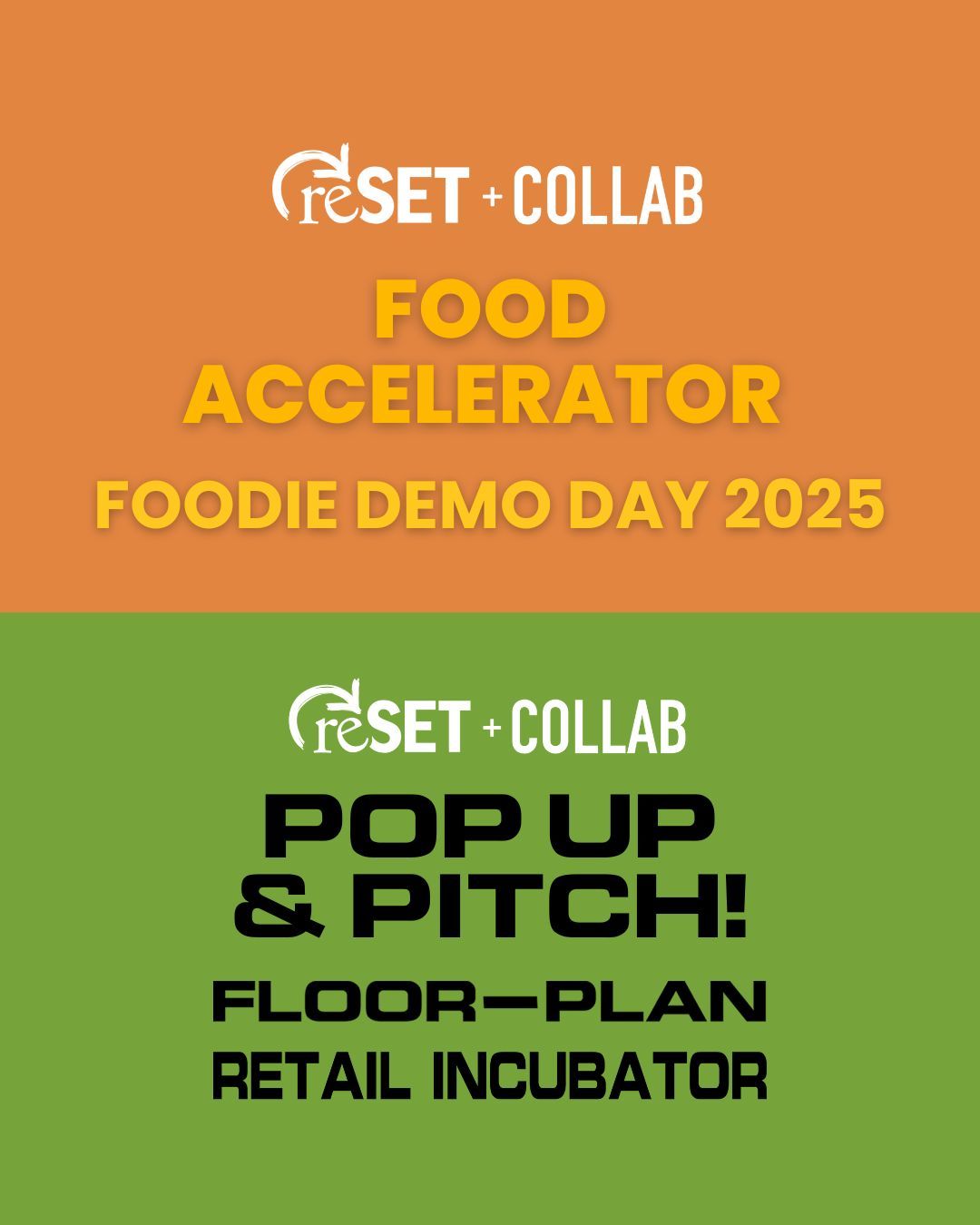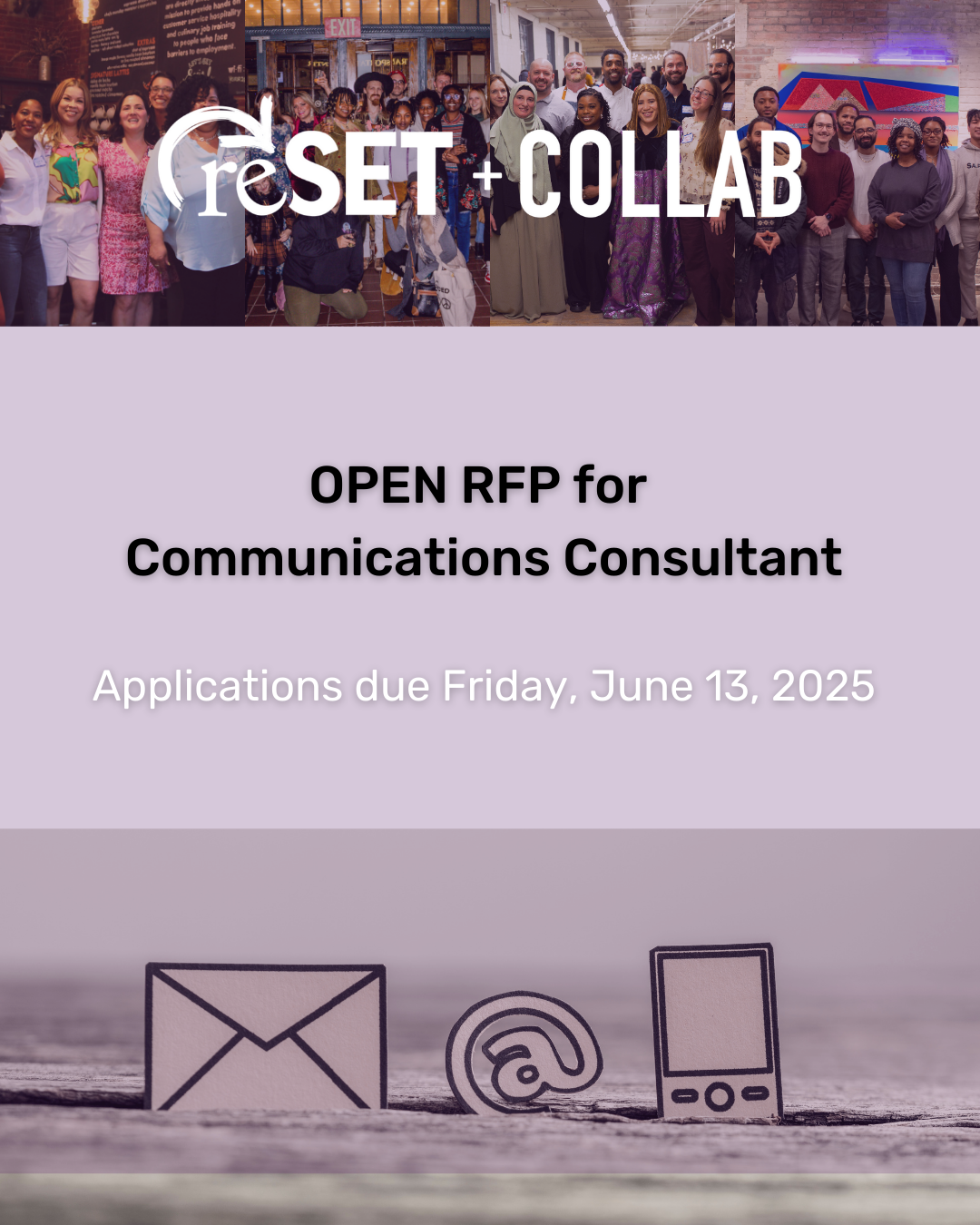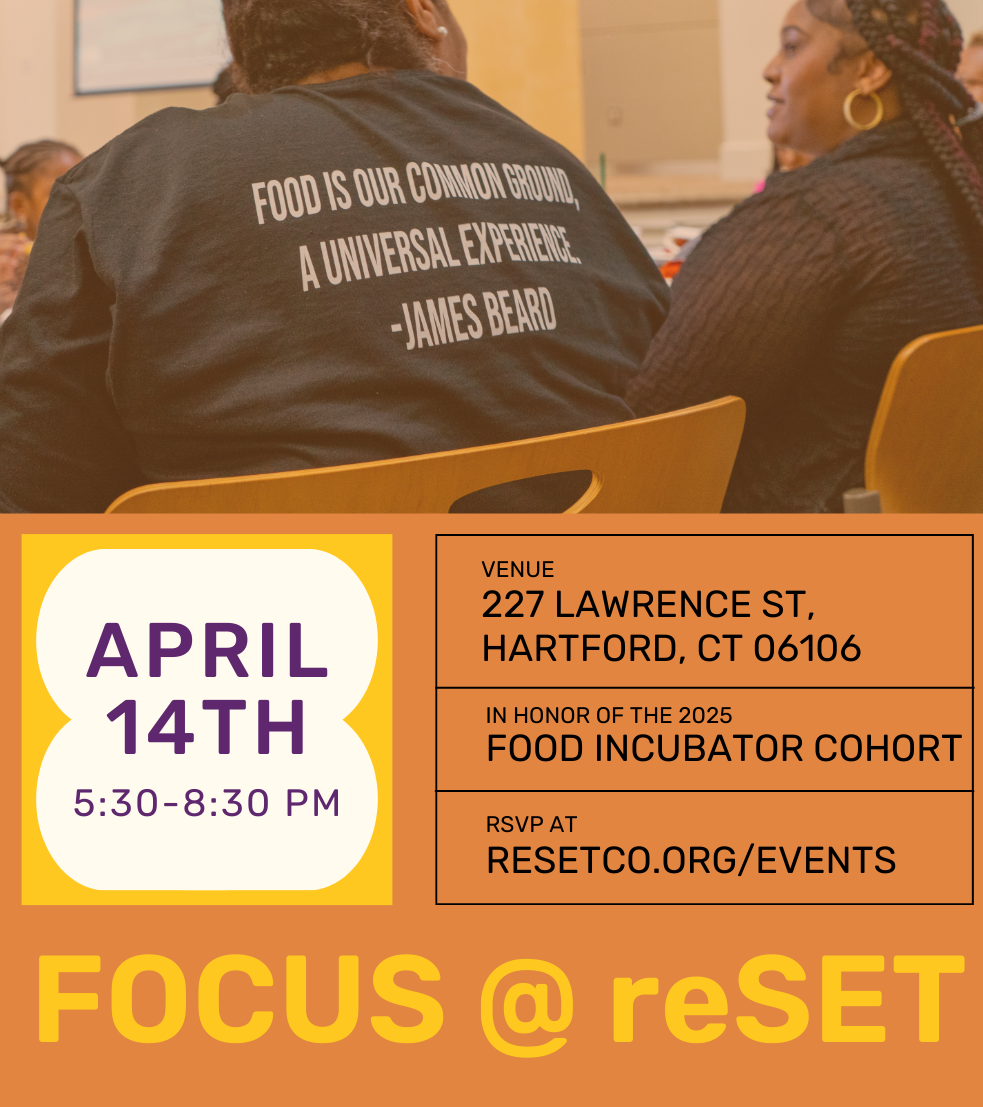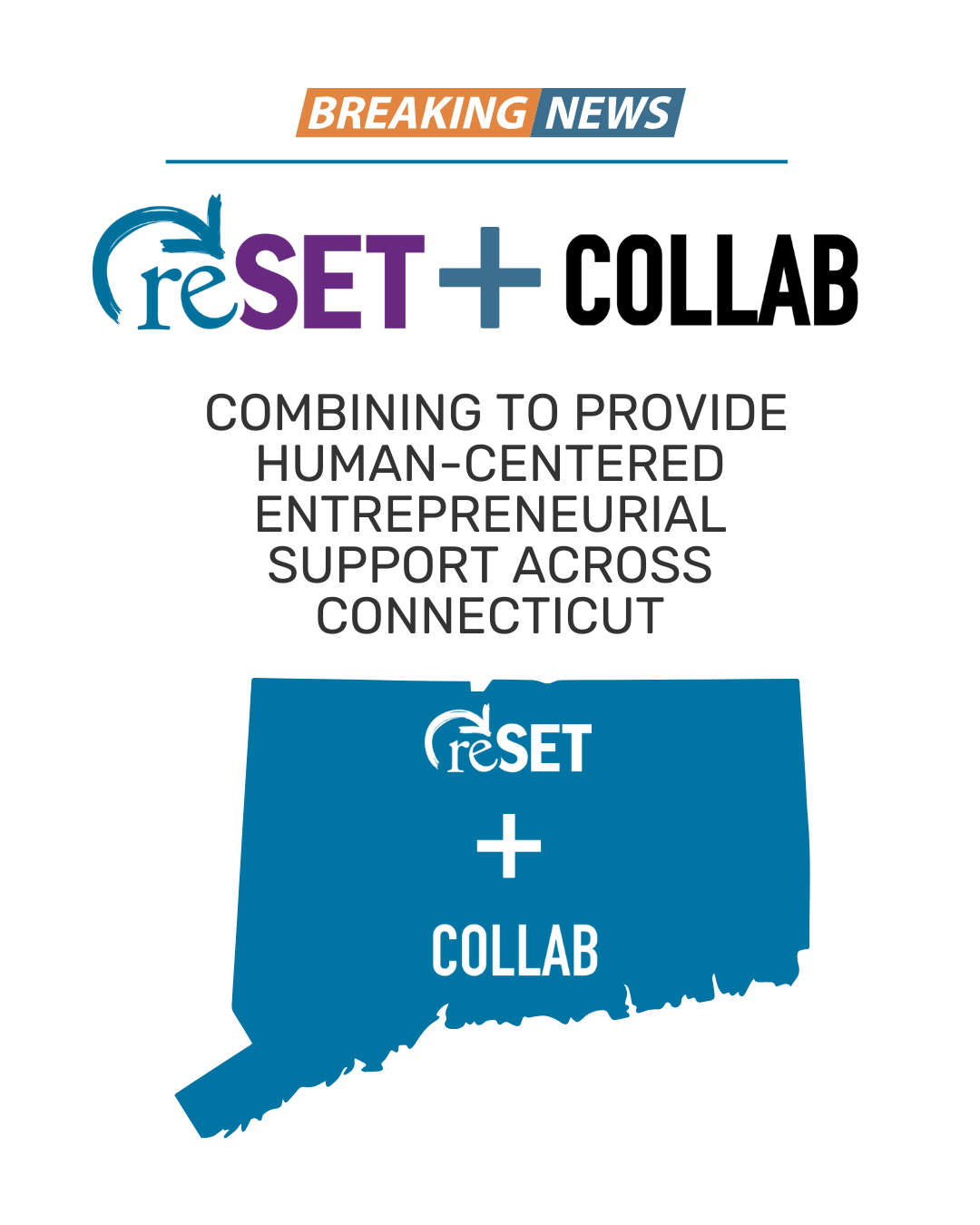Over the next few months, we will be going behind the scenes with FRESH Farm Aquaponics, the Diamond Winner of our ’15 Impact Challenge. In Part I (below), we hear from President Kieran Foran. In Parts II & III, we will be hearing from CEO Spencer Curry and Partner Eric Francis, as well as releasing a video interview. Happy reading and watching! And to learn more about this great group of guys and business, please visit their site: http://www.freshfarmct.org.
PART I
It seems almost impossible for the team and I to fathom, but FRESH Farm Aquaponics, Inc. just celebrated its third anniversary. It goes without saying that we’ve come a very long way from our humble beginnings of tinkering around in our Boston apartment with aquaponics in late 2011. Who knew that come today, we’d have the largest network of aquaponics systems in Connecticut, with over sixteen systems across ten locations! We’re rapidly expanding our reach and offerings with new products slated to be released next year and new clients signing up for our services every month. It’s been a whirlwind of a journey, and certainly not one without a myriad of mistakes and roadblocks that we’ve had to overcome. While the difficulty of creating a business and a career right out of school may be behind us, the challenges ahead are no less daunting. But let’s first take a look at how we’ve got to where we are today.
Roxbury Crossing, September 2011-September 2012
It started with a splash. Water was literally everywhere. Something happened while we were out. We came back to a soaked carpet, desk, and bed. Luckily, the pump wasn’t able to completely empty the tank and while the fish were stressed out, they were still alive. We had screwed up somewhere along the way, and after about 24 hours into our first aquaponics experiment, we had our first failure. Little did we know this would not be the last time we’d flood Spencer’s bedroom with awful smelling-aquarium water. But this was our first litmus test. With most other things, we would’ve given up after experiencing a minor headache. And this flood was far from minor. It took days for Spencer’s bed to dry completely, and fish water is definitely not on the top ten list of desirable smells for your bedroom. But we were inspired to see the project through, and determined to take action and responsibility over the food we consumed. That inspiration grew as the failures gave way to successes.
As many readers may know, we got started with aquaponics in our tiny little apartment in Roxbury Crossing, just outside of Boston. At the time, I was attending Northeastern, working at a law firm and finishing my final year in the pursuit of a Political Science degree (I’m putting that to real good use, aren’t I?!). My best friend from home, Spencer Curry moved in with me in September, having recently graduated from UVM with a double major in Latin and Philosophy (Very practical, Spencer!) He decided to test the job market in Boston, armed with his classics degree, and to see what the world held for him. Needless to say, we were quickly becoming frustrated with the options ahead of us and were always on the lookout for something more engaging and fulfilling.
It was during these first few months that we began coming up with all sorts of ideas, inventions, and products. We’d stay up at night, brainstorming over a few brews about one crazy invention after another. In classic youthful optimism, we figured if we could invent some goofy thing that succeeded, we’d be able to drag ourselves out of the rat race.
Enter the most unassuming book to radically change both of our lives. You see, when we weren’t spending late nights brainstorming silly inventions, we were becoming fascinated by advanced ancient civilizations of Egypt, South America and various others throughout history. So we both began reading 1491 by Charles C Mann, which was about the Americas before the arrival of Columbus. The book argues that the populations of the Americas were far bigger than we think, and that they surpassed the largest populations of Europe and China. How does this lead to aquaponic farming? It turns out that a large focus of the book was on the advanced agricultural techniques these societies employed in order to feed their large civilizations in South America.
One of the techniques that really intrigued us was farming via the use of chinampas. Chinampas are essentially very big compost piles that are dredged into a lake so there are pathways of water and land. The land was used to raise agricultural crops, which would serve to hold the compost piles in place and not sink into the lake. The waterways were used to raise fish, which provided a natural fertilizer source for the plants. The aztecs of Tenochtitlan used chinampas in lake Texcoco and according to the book, this fed an urban population of over a million people. Well, this sparked some interest and we began to Google binge for all of the information we could find on chinampas. It wasn’t long before we came across aquaponics, which is the modern name for what the aztecs were doing with their chinampas. Aquaponics, for readers unfamiliar with the term, is the raising of fish and plants together in a sustainable ecosystem. It’s essentially a chinampa in a box, or a riverbed ecosystem in a box.
To us this was awesome. We had a modern name for this, and we had a way of growing food now that met the goals we had for our food consumption. It provided a sustainable protein source, with the fish, and a sustainable produce source. Aquaponics uses up to 90% less water than traditional field agriculture, all without needing the field, nor needing the harsh chemical fertilizers required with other soilless growing techniques. Plus, it took care of the actual growing of the plants for us. No weeding, no need to become a master gardener, no fertilizing. Plant it and wait and harvest. That seemed like something we could actually do.
The next day, Spencer was out in a blizzard taking a packed city bus to the fish store and buying a tank and fish. He literally had to keep them pressed against his chest so they didn’t die from cold on the trip home. They survived the ride, and by the evening, we had a tank with fish pumping water into a rubbermaid tub with holes in the bottom. It wasn’t pretty, but it worked. The next day, we had the flood and we would have many after. Despite our shortcomings in design however, the plants just kept growing and growing. We couldn’t believe it. No matter how many water changes or floods there were, the plants were getting enough from the system to thrive in their alley window. We had tomatoes trellised on the safety bars on our window (not in the best neighborhood back then). This gave us the desire to go for more.
In fact, this small success really sparked a change in the way we were thinking. More than just supplementing our diet, we wanted to see if we could feed ourselves using aquaponics. In September 2012, we moved out of Boston and back to our hometown of Glastonbury, CT. We had two goals for that next year: (1) To feed ourselves, and if we could do that, (2) then we wanted to figure out a way to make a living off aquaponics. We built our first system in a space that takes up 72 square feet in Spencer’s side yard. At this time, there were four of us invested in this, trying to feed ourselves via aquaponics. By June of the following year, our system was producing so much food that we didn’t know what to do.
We decided to start sharing our bounty with friends and family. This is when the magic really started happening. By the end of summer, we had them hooked and many started asking us if they could tell friends about us and could they PAY US for it!!! It was so good they wanted as much as we could give them. This was music to our ears. We knew we wanted to make money doing this, but without a business background we really didn’t know how to.
So we looked at other farms and their models, and decided that we would set up a weekly delivery of produce to a test group of friends and family. We also set this up to go right through winter. With no experience and no idea how to calculate for winter growing rates, we started with 8 “shares” or 8 deliveries every week. I’m happy to say that despite our ignorance and ineptitude, the aquaponics system churned along better than expected that winter and we were able to carry out our deliveries uninterrupted for the entire season. This was starting to not only make us money, but get really fun. We were the only farm in town with fresh produce all winter!
That spring we were ready to take the next step. We approached a local farmer and old acquaintance about renting space on his land to build a large-scale aquaponics greenhouse. This was a big undertaking. We had made back our investment on the greenhouse we made at Spencer’s house at this point. But this project was going to cost us at least $10,000 dollars. It was around this time that we decided we couldn’t just keep failing forward, and plowing along blindly. We’d need to get help, find mentors or a resource where we could ask all our questions about entrepreneurship. We had no spring board for any of the questions we had or the challenges we would face ahead as we tried to take aquaponics from passionate hobby to sustainable business. One that would provide a healthy and sustainable food source to our communities, empower others to feed themselves like we had. But how?!
Using our network of family and friends, we were able to connect with some business professionals. One of these contacts told us about what seemed like a magical place at the time. That place was reSET! They were helping entrepreneurs like us go from concepts to functioning enterprises, coordinating access to a team of mentors and service providers, and providing an office where professionals could cowork from before they could afford their own office space. It was just what we needed and just at the moment we needed it.
We’ll continue our story and journey into reSET next month in Part II of this blog series. So please stay tuned!

